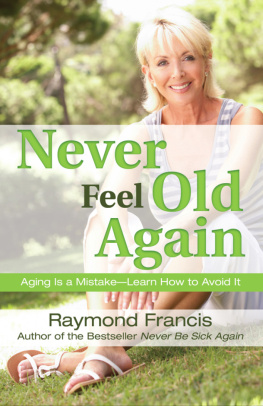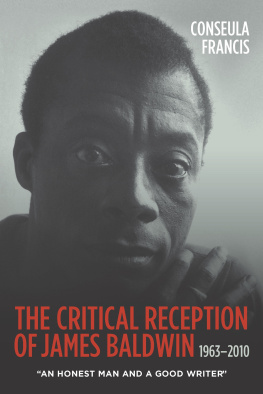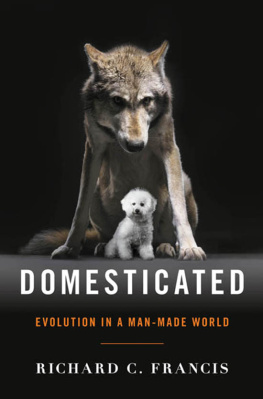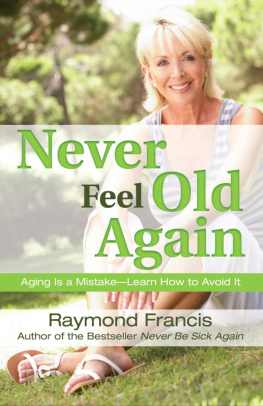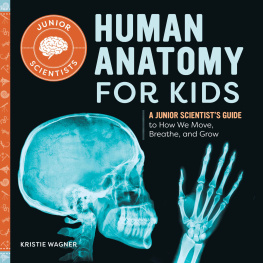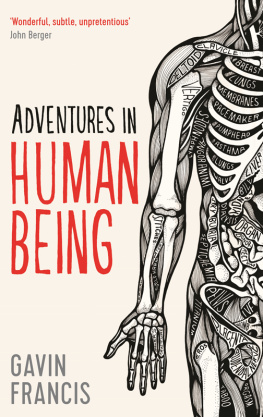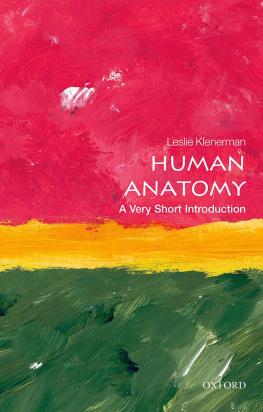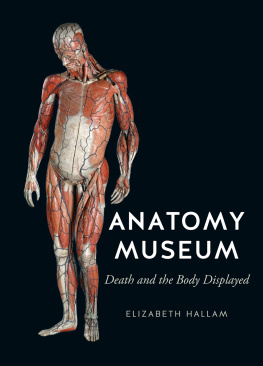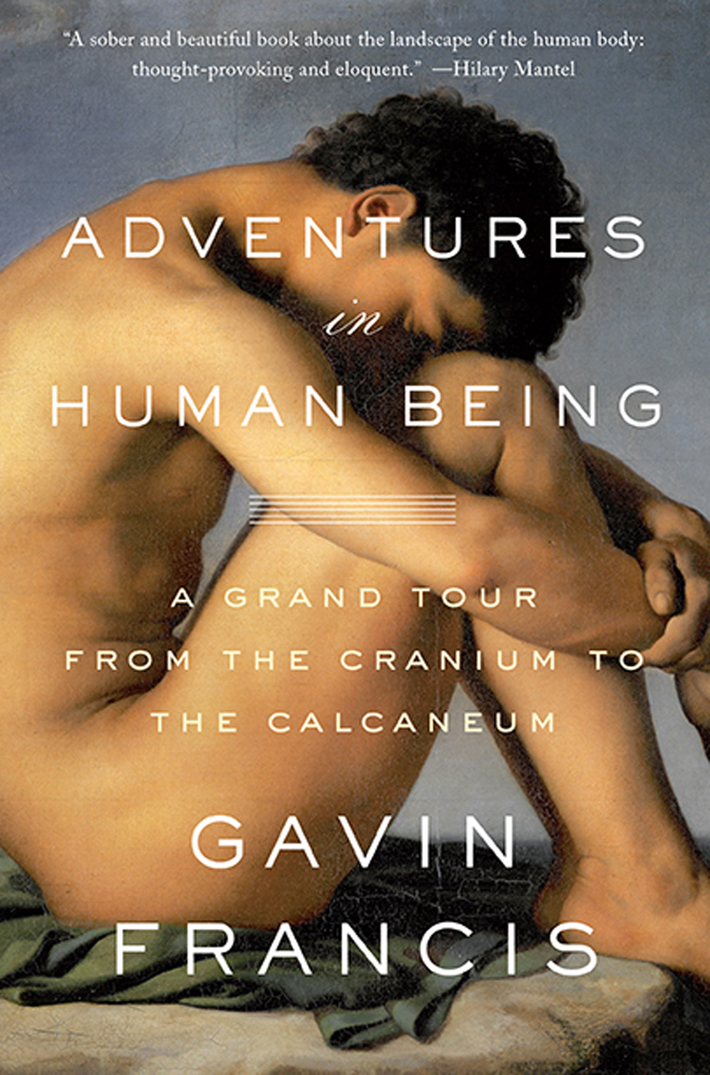Praise for Adventures in Human Being
Adventures in Human Being puts a new twist on armchair travel, bringing the destination right into the chair with the reader. Gavin Francis illustrates this tour of the human body with well-chosen and well-told stories from his own medical practice. A fascinating and thoroughly enjoyable read. Thor Hanson, author of Feathers and The Triumph of Seeds
Doctors with literary ambitions write memoirs, tell stories about patients, or educate us. Scottish physician Francis successfully combines all three. In 18 chapters on 18 body parts, the author delivers no-nonsense lessons on anatomy and biology. Kirkus Reviews
[Francis] is a fine, subtle and observant writer.... [T]his is an illuminating and arresting book. Herald Scotland
A quietly radical, three-dimensional view of issues such as reproduction, birth, death and disability that has the power, at times, to make you stop mid-sentence and carefully reassess some of your most basic assumptions. Scotsman
Since he is both a GP and a travel writer, a better-suited guide than Francis to this bag of flesh, fluids and bones would be hard to find. There is much to astonish in [his] travel through the most intimate landscape of all. Sunday Express (UK)
Francis jumps nimbly between anatomy, history and personal experience in a way that makes the book both highly informative and compulsively readable. You have only to glance at the index to see the range of this remarkable book.... It promises an intriguing voyage and delivers it in great style. Thoroughly recommended. Daily Express (UK)
[This] is grand, eloquent stuff, occasionally humorous, frequently moving, and invariably informative. The Observer (UK)
So enthralling and so well written that it should win [a] clutch of prizes.... [I]mmensely engaging and often unexpected.... Some of the chapters are small masterpieces of insight and information. Sunday Times (UK)
In a series of deft essays on anatomy, starting with the head and working down to the feet, Francis moves skillfully between the scientific and the aesthetic, anatomical fact and emotional consequence, to craft a profound yet highly readable account of the intimate, inextricable relationship between the physical body and what some still call the soul. Irish Times

ALSO BY GAVIN FRANCIS
True North: Travels in Arctic Europe Empire Antarctica: Ice, Silence & Emperor Penguins

Copyright 2015 by Gavin Francis
Published by Basic Books,
A Member of the Perseus Books Group
All rights reserved. Printed in the United States of America. No part of this book may be reproduced in any manner whatsoever without written permission except in the case of brief quotations embodied in critical articles and reviews. For information, address Basic Books, 250 West 57th Street, 15th Floor, New York, NY 10107.
Books published by Basic Books are available at special discounts for bulk purchases in the United States by corporations, institutions, and other organizations. For more information, please contact the Special Markets Department at the Perseus Books Group, 2300 Chestnut Street, Suite 200, Philadelphia, PA 19103, or call (800) 810-4145, ext. 5000, or e-mail .
First published in Great Britain in 2015 by PROFILE BOOKS LTD., in association with Wellcome Collection
Library of Congress Cataloging-in-Publication Data
Francis, Gavin.
Adventures in human being: a grand tour from the cranium to the calcaneum / Gavin Francis.
pages cm
Includes bibliographical references and index.
ISBN 978-0-465-07967-4 (e-book) 1. Human physiology. 2. Human body. 3. Human anatomy. I. Title.
QP34.5.F697 2015
612dc23
2015015371
10 9 8 7 6 5 4 3 2 1
That thrice-worthy Mercury calls man a great Miracle, a Creature like the Creator, the Ambassador of the Gods. Pythagoras the Measure of all things. Plato the wonder of Wonders All men with one consent, call him Microcosmos or, The Little World. For his body is, as it were, a Magazine or Store-house of all the virtues and efficacies of all bodies, and his soul is the power and force of all living and sensible things.
Helkiah Crooke, introduction to Microcosmographia (1615)
for lifes enthusiasts
CONTENTS
Guide
THIS BOOK IS A SERIES OF STORIES about the body in sickness and in health, in living and dying. Just as physicians must honor the privileged access they have to our bodies, they must honor the trust with which we share our stories. Even as long as two and a half thousand years ago that obligation was recognized: the Hippocratic Oath insists whatsoever in the course of practice you see or hear that ought never to be published abroad, you will not divulge. As a doctor who is also a writer, Ive spent a great deal of time deliberating over that use of ought, considering what can and cannot be said without betraying the confidence of my patients.
The reflections that follow are grounded in my clinical experience, but the patients in them have been so disguised as to be unrecognizable any similarities that remain are coincidental. Protecting confidences is an essential part of what I do: confidence means with faith we are all patients sooner or later; we all want faith that well be heard, and that our privacy will be respected.
If a man is made of earth, water, air and fire, so is this body
of the earth; if man has in him a lake of blood the body
of the earth has its ocean, which similarly rises and falls.
Leonardo da Vinci
AS A CHILD I didnt want to be a doctor; I wanted to be a geographer. Maps and atlases were a way of exploring the world through images that revealed what was hidden in the landscape, and were also of practical use. I didnt want to spend my working life in a lab or a library I wanted to use maps to explore life and lifes possibilities. I imagined that by understanding how the planet was put together Id reach a greater appreciation of humanitys place in it, as well as a skill that might earn me a living.
As I grew older that impulse shifted from mapping the world around to the one we carry within; I traded my geographical atlas for an atlas of anatomy. The two didnt seem so different at first; branching diagrams of blue veins, red arteries and yellow nerves reminded me of the colored rivers, A-roads and B-roads of my first atlas. There were other similarities: both books reduced the fabulous complexity of the natural world to something comprehensible something that could be mastered.
The earliest anatomists saw a natural correlation between the human body and the planet that sustains us; the body was even a microcosm a miniature reflection of the cosmos. The structure of the body mirrored the structure of the earth; the four humors of the body mirrored the four elements of matter. There is sense to this: we are supported by a skeleton of calcium salts, chemically similar to chalk and limestone. Rivers of blood wash into the broad deltas of our hearts. The contours of the skin resemble the rolling surface of the land.
A love for geography never left me; as soon as the demands of medical training lessened I began to explore. Sometimes I found medical work as I traveled, but more often moved just to see each new place for myself to experience variety in landscapes and peoples, and become acquainted with as much of the planet as I could. When writing about those travels in other books, Ive tried to convey something of the insights those landscapes have given me, but my work has always brought me back to the body, as my means of making a living, and as the place from which all of us start and end. Learning about the human body is different from learning about anything else: you


